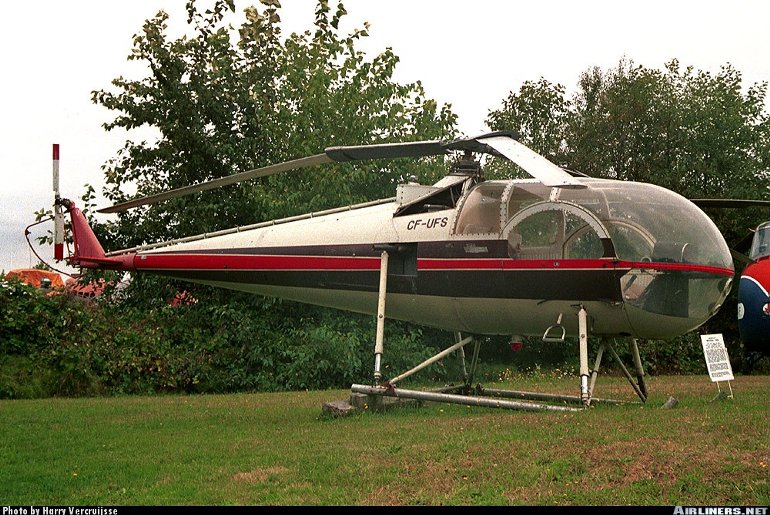Aircraft Technical Data
Brantly B2 & 305

| Details | |
| Country of Origin | United States of America |
| Type | Light piston powered utility helicopters |
| History | The Brantly B2 series of light helicopters first flew in the early 1950s and returned to production in the early 1990s, while the larger five seat 305 dates to the early 1970s. <p>The original B2 two seat light helicopter was designed and built by Mr N Brantly, and flew for the first time on February 21 1953. Certification was awarded in April 1959 allowing production deliveries to get underway soon after. The initial production B2 model featured a 135kW (180hp) VO360A1A flat four, the same basic powerplant that powered the B2 series through to the 1990s. The initial B2 was followed by the improved B2A with a redesigned cabin and the B2B, which became the definitive production model. <p>Brantly also developed a larger five seat Model 305 based on the B2, with a larger cabin and more powerful VO540 engine. The 305 first flew in January 1964 and was certificated in July the following year. <p>Brantly production ceased in the early 1970s after more than 400 B2s had been built. However production resumed in 1976 when the Hynes company acquired the design and production rights to what became the BrantlyHynes B2 and 305. <p>BrantlyHynes continued low rate manufacture of both models through to the mid 1980s when it too ceased production. Finally in 1989 James Kimura formed Brantly Helicopter Industries to build both models, and low rate production resumed for a time. By 1998 the Chinese backed Brantly International Inc had resumed low rate B2B production at Vernon, Texas. |
| Powerplants | B2B - One 135kW (180hp) Textron Lycoming IVO360A1A fuel injected flat four piston engine driving a three blade main rotor and two blade tail rotor. 305 - One 225kW (305hp) Textron Lycoming IVO540B1A fuel injected flat six. |
| Performance | B2B - Max level speed 161km/h (87kt), max cruising speed (at 75% power) 145km/h (78kt). Initial rate of climb 1900ft. Service ceiling 10,800ft. Hovering ceiling in ground effect 6700ft. Range with max fuel and reserves 400km (217nm). 305 - Max speed 193km/h (104kt), max cruising speed 177km/h (96kt). Initial rate of climb 975ft/min. Service ceiling 12,000ft. Hovering ceiling in ground effect 4080ft. Range with max fuel and reserves 354km (191nm). |
| Weights | B2B - Empty 463kg (1020lb) or 481kg (1060lb) with floats, max takeoff 757kg (1670lb). 305 - Empty 815kg (1800lb), max takeoff 1315kg (2900lb). |
| Dimensions | B2B - Main rotor diameter 7.24m (23ft 9in), length overall 8.53m (28ft 0in), fuselage length 6.62m (21ft 9in), height 2.06m (6ft 9in). Main rotor disc area 41.2m2 (443.0sq ft). 305 - Main rotor diameter 8.74m (28ft 8in), length overall 10.03m (32ft 11in), fuselage length 7.44m (24ft 5in), height 2.44m (8ft 1in). Main rotor disc area 60.0m2 (654.4sq ft). |
| Capacity | B2 series has seating for two side by side. 305 has seating for five with two forward individual seats and rear bench seat for three. |
| Production | Exact production unclear, but includes more than 400 B2 series. Production has resumed with Chinese financial backing. |
| Related Links | Brantly B2 & 305 |
The backbone of this section is from the The International Directory of Civil Aircraft by Gerard Frawley and used with permission. To get your own copy of the book click here. |
|








